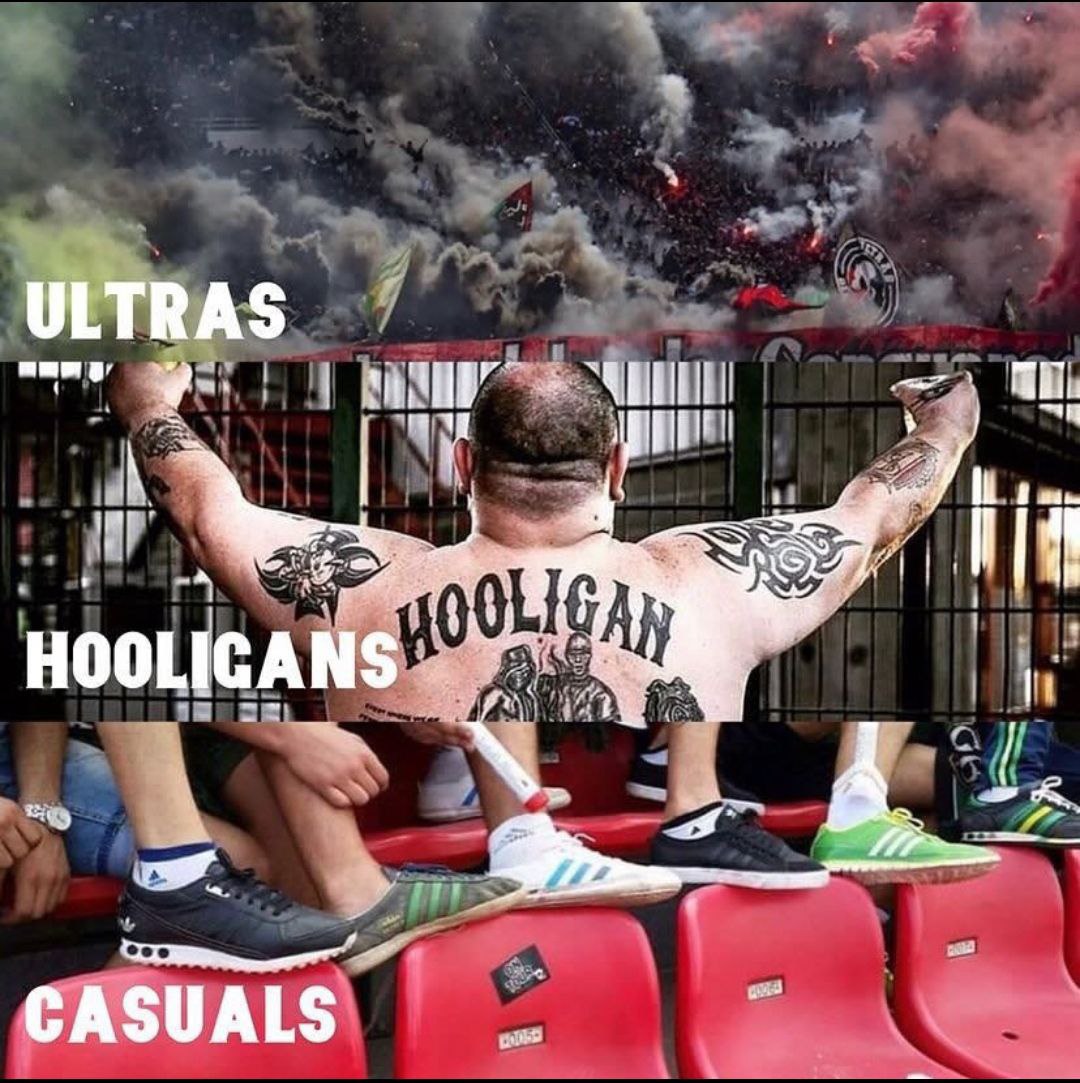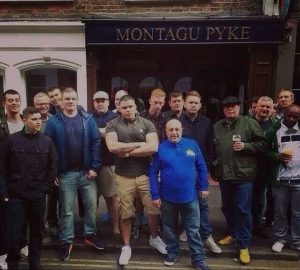
In UK football culture, three terms often spark debate: casuals, ultras, and hooligans. While they may seem similar, each group has its own unique identity and attitude towards the game. Here’s a quick breakdown of their differences.
Casuals: Fashion and Identity
Emerging in the late ’70s and ’80s, casuals are known for their distinct fashion—designer trainers, tracksuits, and expensive jackets. It wasn’t just about looking good, though. Casuals were a response to the scruffy, working-class image often associated with football fans. They blended into crowds to avoid attention, but still kept their territorial pride intact. While their violent reputation has faded, the fashion and identity of casuals remain influential in football culture today.
Ultras: Passionate, Organized, and Political
Ultras are ultra-loyal fans who go beyond the match to create vibrant atmospheres, often through choreographed displays like flags, banners, and tifo. Originating in Italy and Eastern Europe, ultras are deeply organized and often have political leanings, though not always extreme. For them, football is a way of life, a community, and a cause. While they can sometimes be involved in violence—especially with rival fans—supporting their team with passion and loyalty is their true focus.
Hooligans: Violence and Territory
Hooligans are the group most synonymous with football violence. Originating in the ’60s and peaking in the ’80s, hooligans prioritized physical confrontation over football itself. Firms would plan fights before and after matches, often targeting rival supporters. Though modern-day policing and security have reduced the scale of football violence, hooliganism still lingers on the fringes, though it’s seen as a darker side of the game’s history.
Where They Overlap
While casuals, ultras, and hooligans all have distinct characteristics, their worlds sometimes overlap. Casuals and ultras may both engage in passionate support, but casuals are more about fashion and identity, while ultras are deeply focused on fan culture and creating an intense atmosphere. Hooligans, however, are mostly concerned with violence, often disregarding the other aspects of fandom. Despite their differences, all three groups share a deep love for football and its culture.
The Changing Game
Today, the landscape of football culture in the UK has shifted. Casuals have mostly faded, and hooliganism is much less prevalent. Ultras, however, are growing, especially among younger fans, who focus on creating a dynamic, passionate stadium experience. While football culture continues to evolve, the passion, pride, and identity brought by casuals, ultras, and even hooligans still influence the game today.






